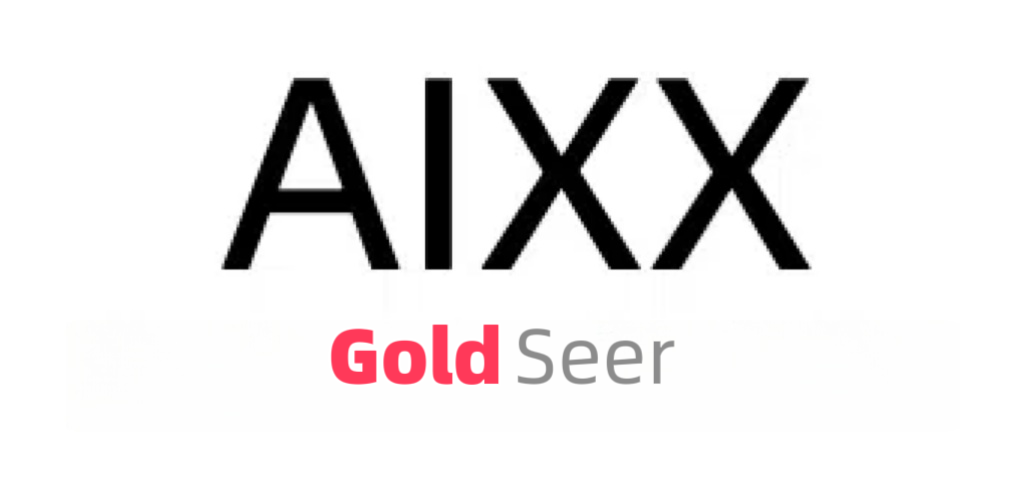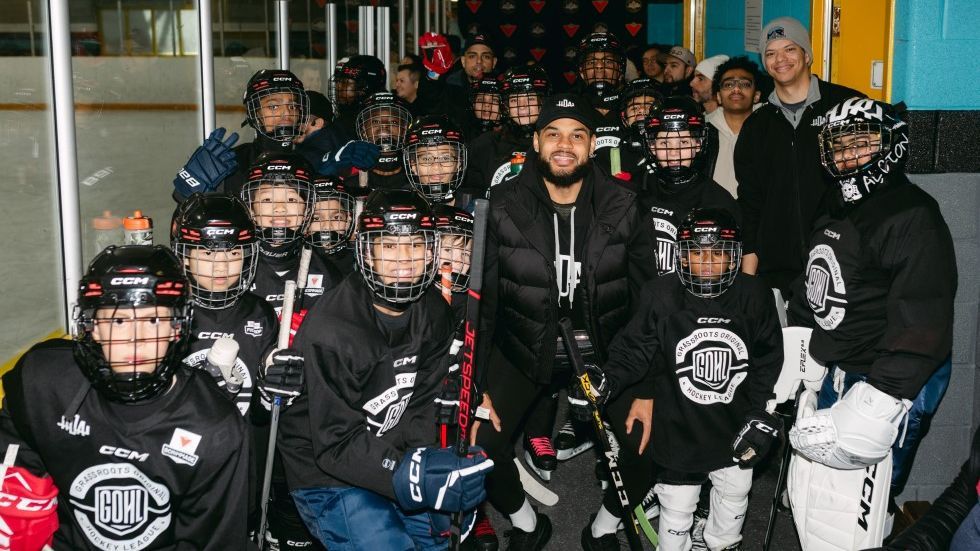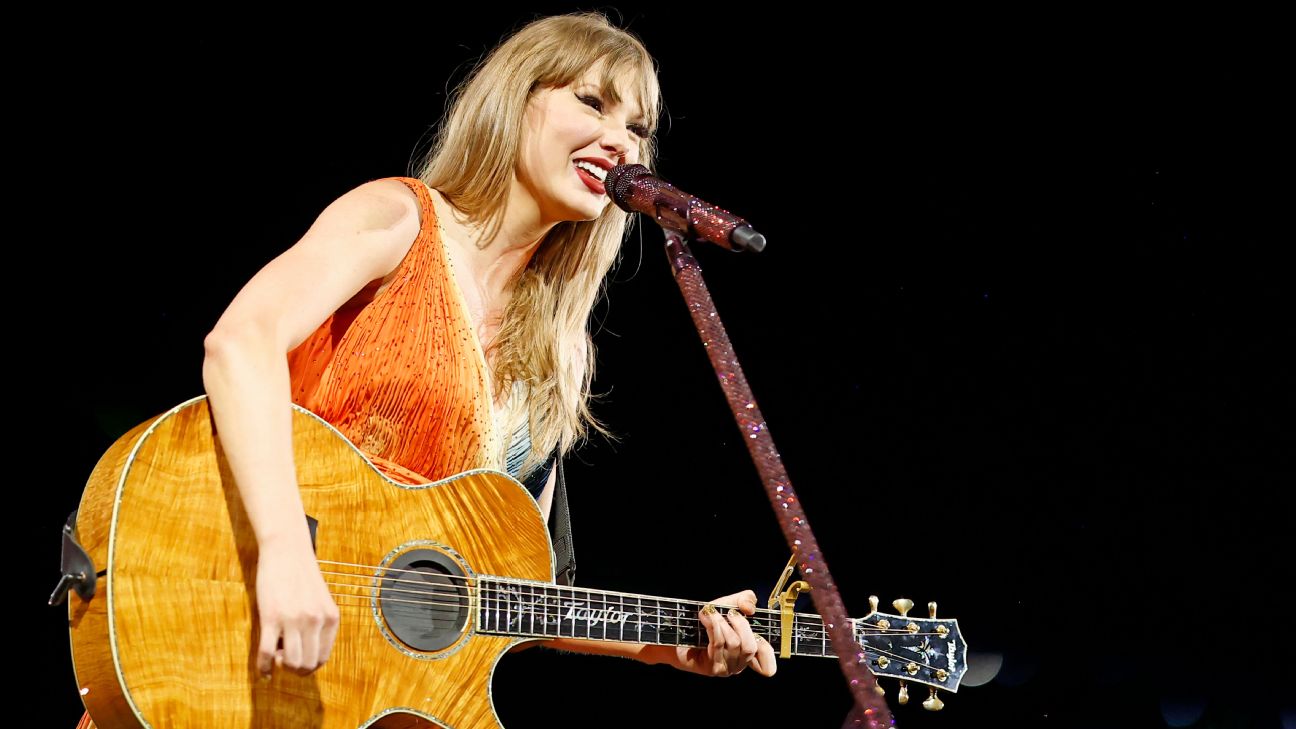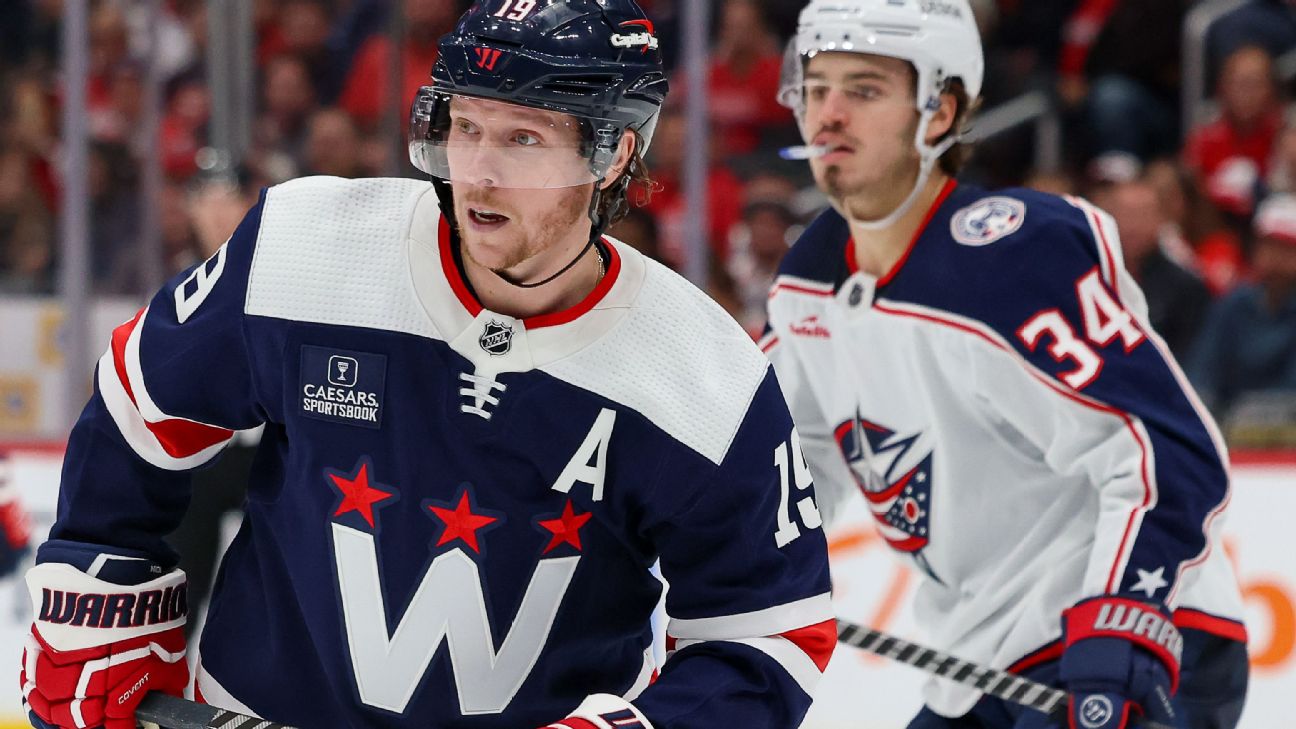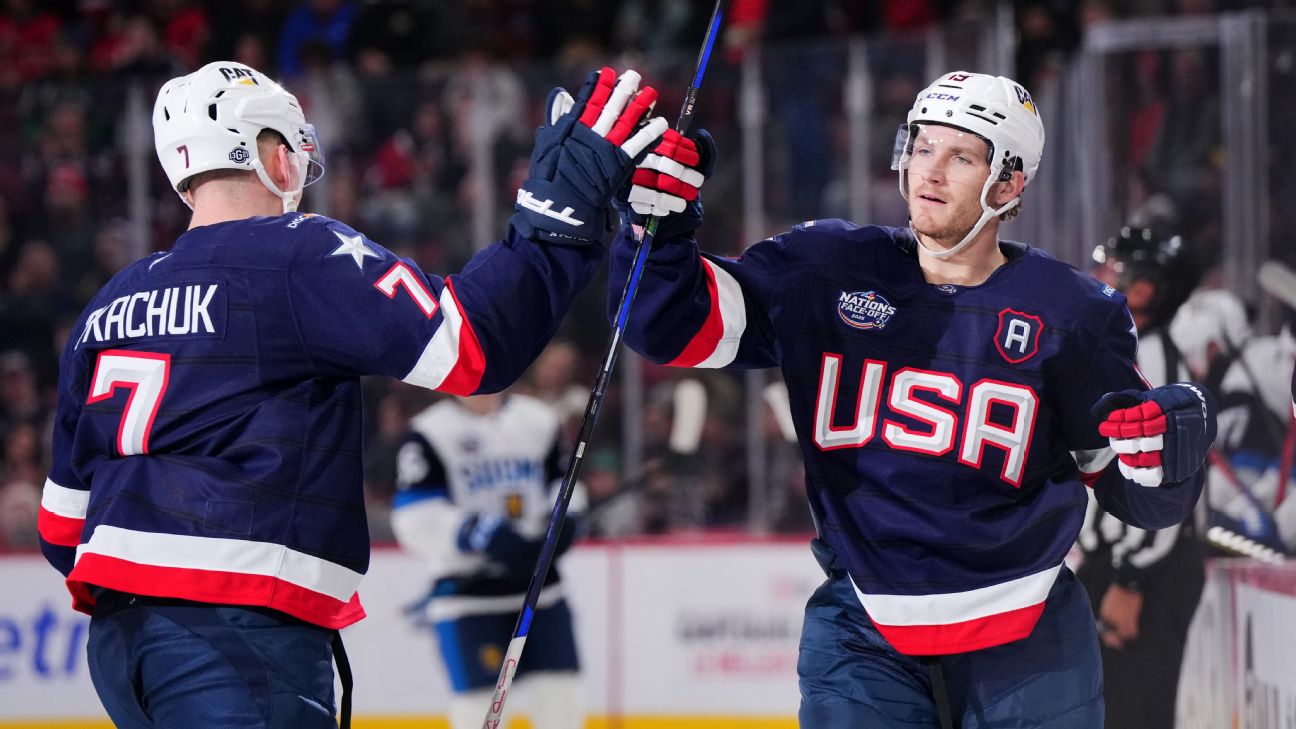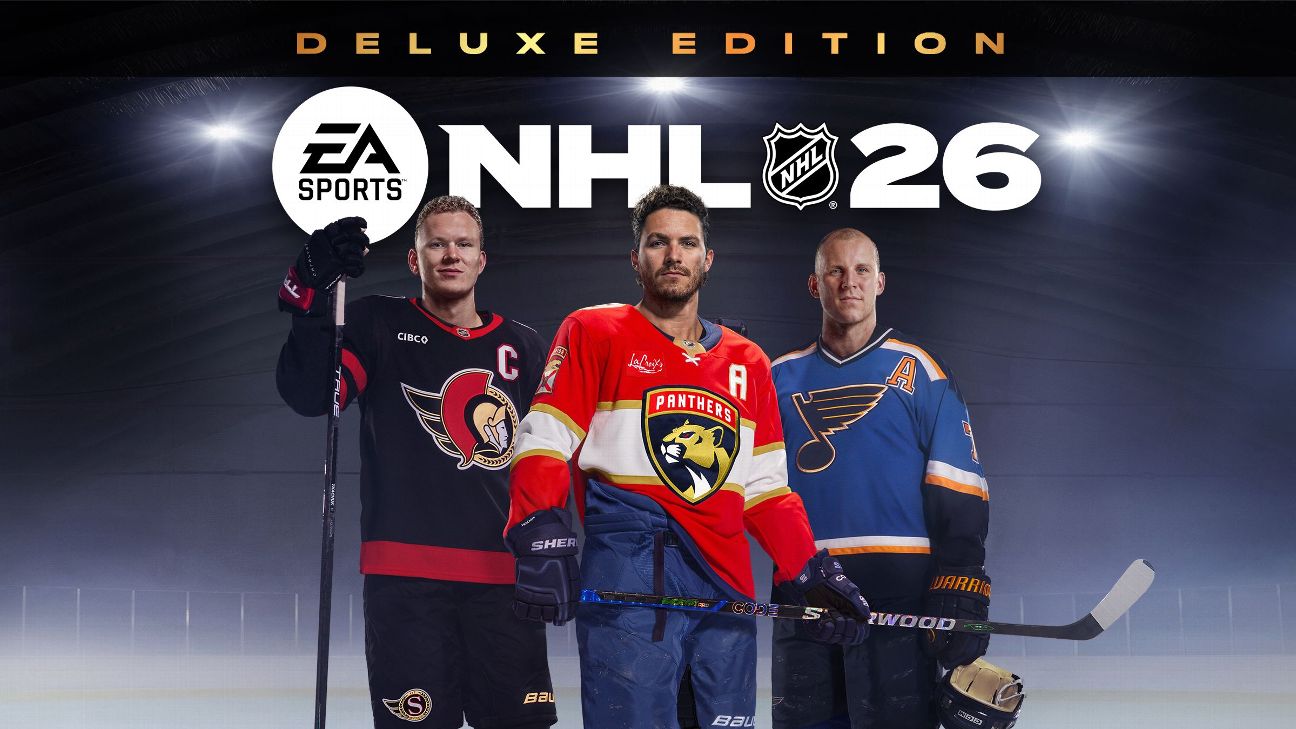NHL Power Play Paradox: Why Penalties Are at Historic Lows While Conversion Rates Soar
Analyzing the surprising NHL trend of fewer penalties being called despite record power play success rates, featuring insights from players and officials.
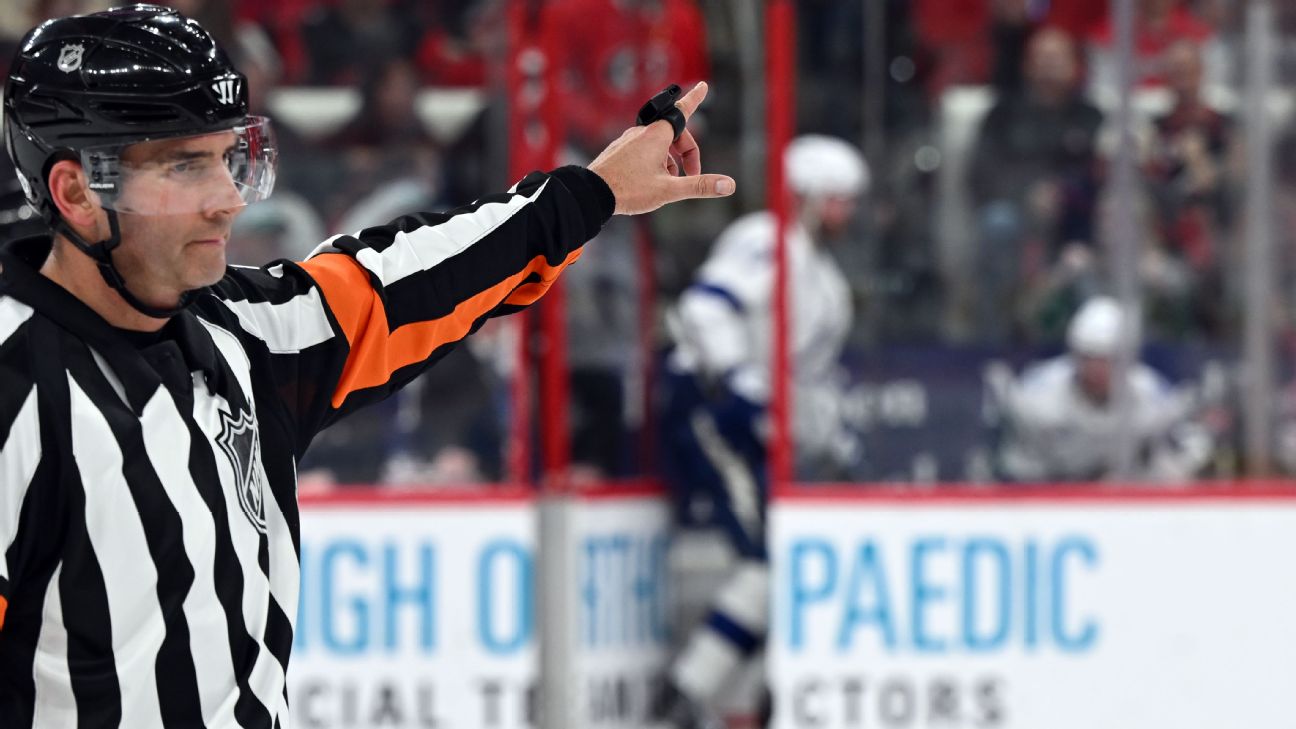
The Power Play Paradox in Modern NHL Hockey
This season has presented a fascinating statistical anomaly in professional hockey: While power play conversion rates have reached heights not seen since Gretzky's era, the actual number of power play opportunities has plummeted to historic lows. This paradox raises fundamental questions about how the game is evolving.
Staggering Power Play Efficiency
Current NHL power play units are operating at unprecedented efficiency levels:
- 21.6% conversion rate league-wide (highest since 1985-86)
- 15.1% shooting percentage on power plays (record high)
- 9 teams converting above 25% efficiency
- Oilers (2022-23) set modern record with 32.4% conversion
These offensive fireworks contrast sharply with declining penalty calls:
- 2.71 power plays per team/game (lowest since tracking began in 1977-78)
- 3.18 minor penalties per game (down from 6.49 in 2005-06)
- 8:09 average penalty minutes per game
Six Compelling Theories Behind the Trend
-
Parity-Induced Discipline With playoff races tighter than ever, players avoid risky penalties that could cost crucial points. As Devils center Cody Glass noted, "Nobody wants to be the guy that's in the box."
-
Rule Reinforcement Paying Off Decades of consistent officiating standards have trained players out of habitual infractions. NHL executive VP Stephen Walkom credits players: "You would think over 15 years of being called for hooking, you don't want to hook in the hands anymore."
-
Officiating Consistency Contrary to fan perception, officials maintain their standards haven't changed. Former referee Dave Jackson emphasizes, "It's about being true to the standard. That way the players know where they stand."
-
No Current Crackdowns Unlike previous eras with focused enforcement on obstruction or cross-checking, the league isn't emphasizing any particular rule this season, leading to natural penalty ebbs.
-
Fear of Dominant Power Plays With conversion rates soaring, teams increasingly avoid situations that might give opponents man-advantages. The Red Wings' 29.1% power play exemplifies the new threat.
-
Evolution of Player Skills Today's faster, more skilled players can defend with positioning rather than obstruction. Veteran Blake Coleman observes, "Everyone is such a good skater now...it's easier to defend using your feet."
Implications for the Playoffs
Historical patterns suggest:
- First Round Spike: Typically sees 0.4 more PPs/game than regular season
- Late Series Decline: Whistles get put away in later rounds
- Championship Correlation: 6 of last 8 Cup winners had top-8 power plays
The Bigger Picture
This season's trends reflect both the success of long-term rules enforcement and natural tactical evolution. As the game gets faster and special teams more potent, players adapt to avoid disadvantageous situations - creating hockey's current statistical paradox.
Additional analysis by NHL insiders suggests this equilibrium may shift when the league identifies its next area of enforcement focus, continuing hockey's perpetual cycle of adjustment.
